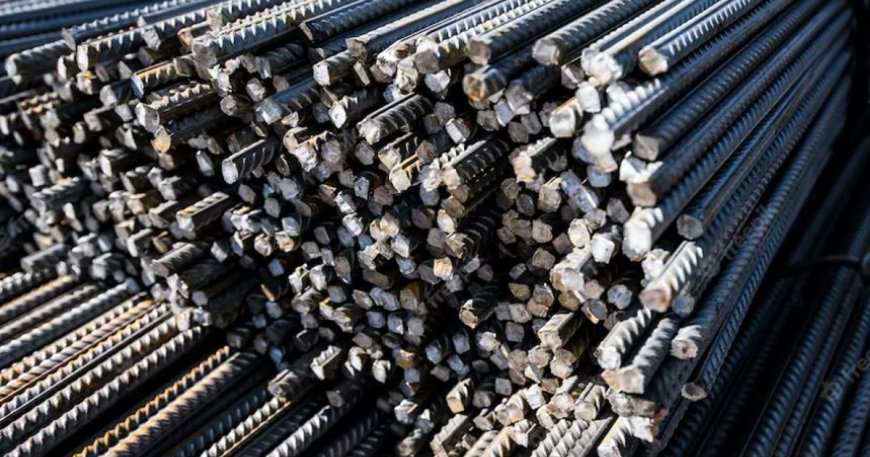Why You Should Track Steel Price Trends Before Purchasing TMT Bars
Discover why tracking steel price trends is essential before buying TMT bars. Learn how market insights can help you save costs and make smarter construction decisions.

In the construction industry, timely decisions often translate into cost savings and project success. One critical area where this is especially true is the purchase of TMT barsThermo-Mechanically Treated barswhich form the backbone of reinforced concrete structures. While many builders focus on quality and brand, tracking steel price trends is equally important. In a volatile steel market, knowing when and where to buy can help you save significantly without compromising quality.
Understanding TMT Bar Pricing
TMT bar prices are not fixedthey fluctuate regularly based on several market factors. Prices can change daily or weekly depending on global demand, supply chain conditions, raw material costs (especially iron ore and coal), and government policies. For buyers, these fluctuations can lead to either cost overruns or unexpected savings.
A builder who purchases TMT bars during a price dip can save thousands of rupees per ton. But one who buys during a peak might overspend, putting a strain on their project budget. Thats why keeping an eye on steel price trends is not just smartits essential.
Key Factors Affecting TMT Bar Prices
Several factors drive the changes in steel prices, including:
-
Raw Material Costs: Iron ore, coal, and scrap metal prices have a direct impact on TMT bar rates. A surge in iron ore prices will usually be followed by a rise in steel prices.
-
Global Demand and Supply: The global steel market, especially demand from countries like China, can influence Indian steel prices.
-
Government Policies: Import/export duties, GST, and environmental regulations can affect production costs and availability.
-
Seasonal Construction Demand: During peak construction seasons (like post-monsoon), prices tend to go up due to higher demand.
-
Logistics and Fuel Costs: Rising transportation or fuel costs can indirectly inflate TMT bar prices, especially in remote areas.
By tracking these factors, buyers can forecast price movements and make informed purchasing decisions.
Benefits of Tracking Steel Price Trends
-
Budget Planning: Understanding the market trend helps in creating more accurate project budgets and timelines.
-
Bulk Purchase Timing: If you anticipate a price rise, you can order in bulk ahead of time and lock in lower rates.
-
Avoiding Last-Minute Surprises: Builders who dont track prices may face unexpected cost spikes that affect project profitability.
-
Better Negotiation Power: When youre aware of current rates and trends, you can negotiate more effectively with dealers or suppliers.
-
Strategic Vendor Selection: Comparing prices across multiple platforms or regions becomes easier with ongoing trend analysis.
How to Track TMT Bar Price Trends
You dont need to be a market analyst to keep tabs on steel prices. There are several easy ways:
-
Use Online Steel Marketplaces: Platforms like Hashtagsteel provide daily steel rates from multiple brands, making comparison easy.
-
Follow Industry News: Steel-related news on government policies, import/export data, and infrastructure developments can provide hints about future price movements.
-
Subscribe to Price Alerts: Many e-commerce steel platforms offer price alert features that notify you of significant changes.
-
Check Local Dealer Rates Regularly: Sometimes local pricing may vary based on transportation and stocking levels.
Final Thoughts
Purchasing TMT bars is a major investment, especially in large-scale construction projects. Price fluctuations in the steel market can significantly affect your overall project costs. By tracking steel price trends, you dont just buy at a better rateyou gain control, foresight, and a competitive edge.
In todays digital age, platforms like Hashtagsteel help buyers stay informed and make smarter, cost-effective choices. Whether youre a builder, contractor, or homeowner, watching the market before making your next steel purchase could be one of your wisest decisions yet.





















